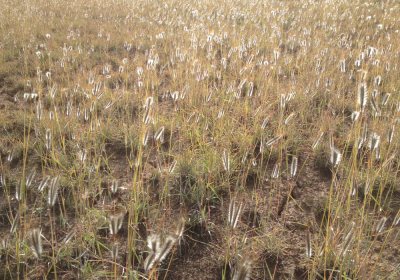
What was supposed to be the Western Grassland Reserves, to secure the conservation of some critically endangered ecosystems, is being illegally bulldozed. Ben Courtice argues it makes no sense.

What was supposed to be the Western Grassland Reserves, to secure the conservation of some critically endangered ecosystems, is being illegally bulldozed. Ben Courtice argues it makes no sense.
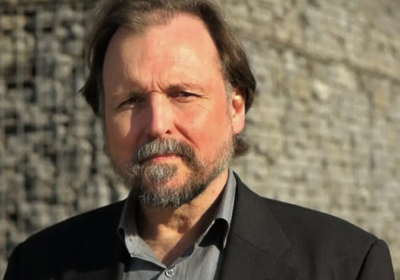
Phil Sutton liked to define the big picture goals and “backcast”, instead of forecast, what would be needed to get there from here. Ben Courtice reflects on his contribution to the climate change movement.
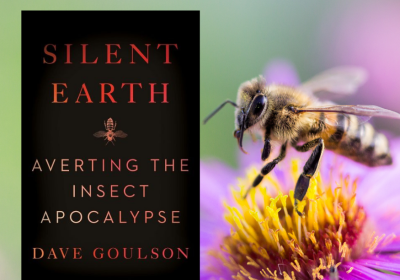
Silent Earth describes the crisis of declining insect populations, but Ben Courtice writes that it falls short on the solutions required to turn this around.
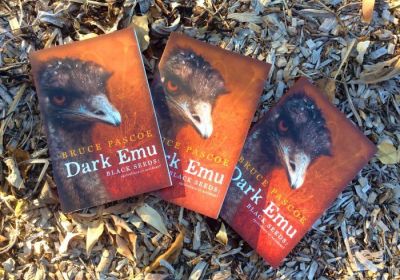
As a kid, the way I was taught about Indigenous people was terrible. For one thing, the understanding of the Indigenous economy and technology was non-existent.
I had this picture of people living in homes basically made of a bit of bark and maybe grass and sticks leaned up against a tree trunk. The impression was they spent their time wandering around and occasionally spearing a kangaroo or goanna for dinner.
Over the years I picked up bits and pieces of a more realistic and less insulting picture of Indigenous life, but it wasn’t really until I read Dark Emu by Bruce Pascoe that it all fell into place such that I can maybe imagine in some detail how people lived.
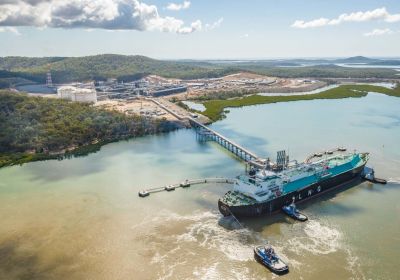
According to the Australian Energy Market Operator (AEMO), electricity supply will be threatened as early as next year by “shortfalls in gas”, or failing that, households may face cuts to their gas supply.